The beating heart of South Asian music, the dhol, has been an integral part of the region's cultural fabric. In the heart of traditional celebrations and cultural festivities, the rhythmic beats of the dhol have been echoing for centuries, captivating audiences and bringing people together in joyous harmony. The origin of this captivating percussion instrument holds a rich history that intertwines with cultural heritage and artistic expression.
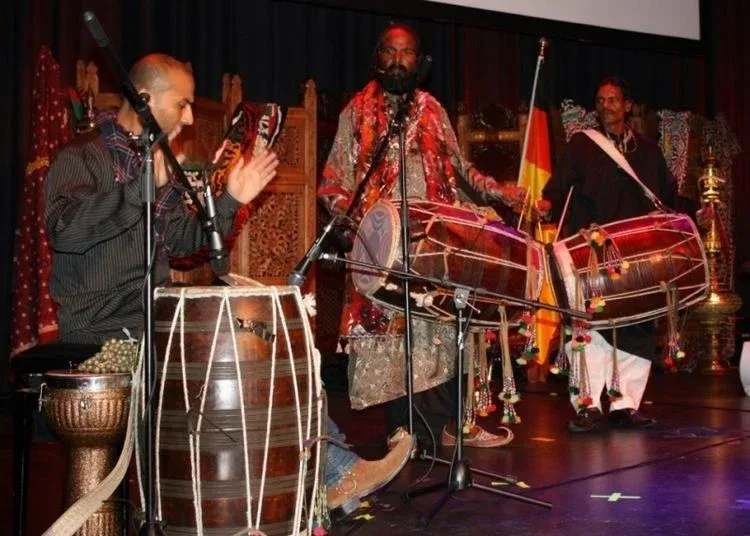
Source
The dhol is a traditional double-headed drum, often hewn from wood and adorned with intricate designs.
The crafting of a dhol is a meticulous art form that has been passed down through generations. Skilled artisans carve the wood, stretch the drumheads, and intricately decorate the instrument, infusing it with cultural motifs and vibrant colors.
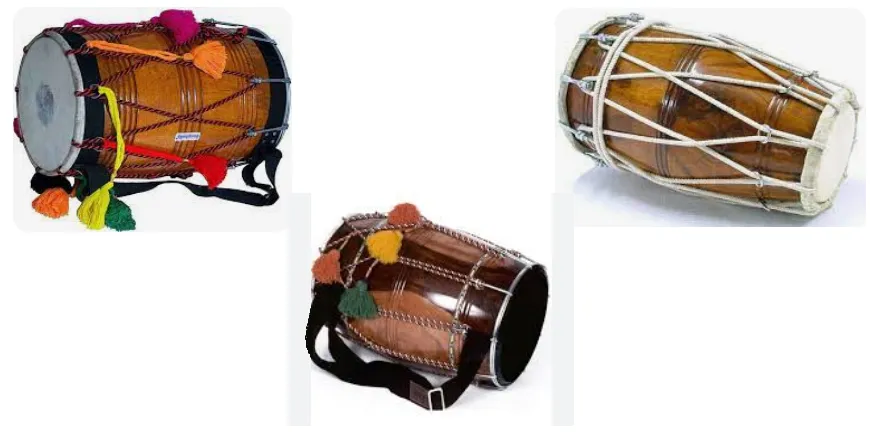
It boasts a distinct sound that resonates through the air, making it an integral part of various festivities, from weddings to religious processions.

The dhol, with its diverse cultural significance and widespread popularity, comes in various regional variations, each with its distinct design, playing techniques, and characteristics. Here are some of the different types of dhol found across South Asia:
Punjabi Dhol
The Punjabi dhol, perhaps the most well-known and widely recognized type, hails from the vibrant state of Punjab in Northern India and Pakistan. It is characterized by its large size and thunderous sound. The Punjabi dhol is often played at lively celebrations, including weddings, festivals, and Bhangra performances, infusing energy and rhythm into the festivities.
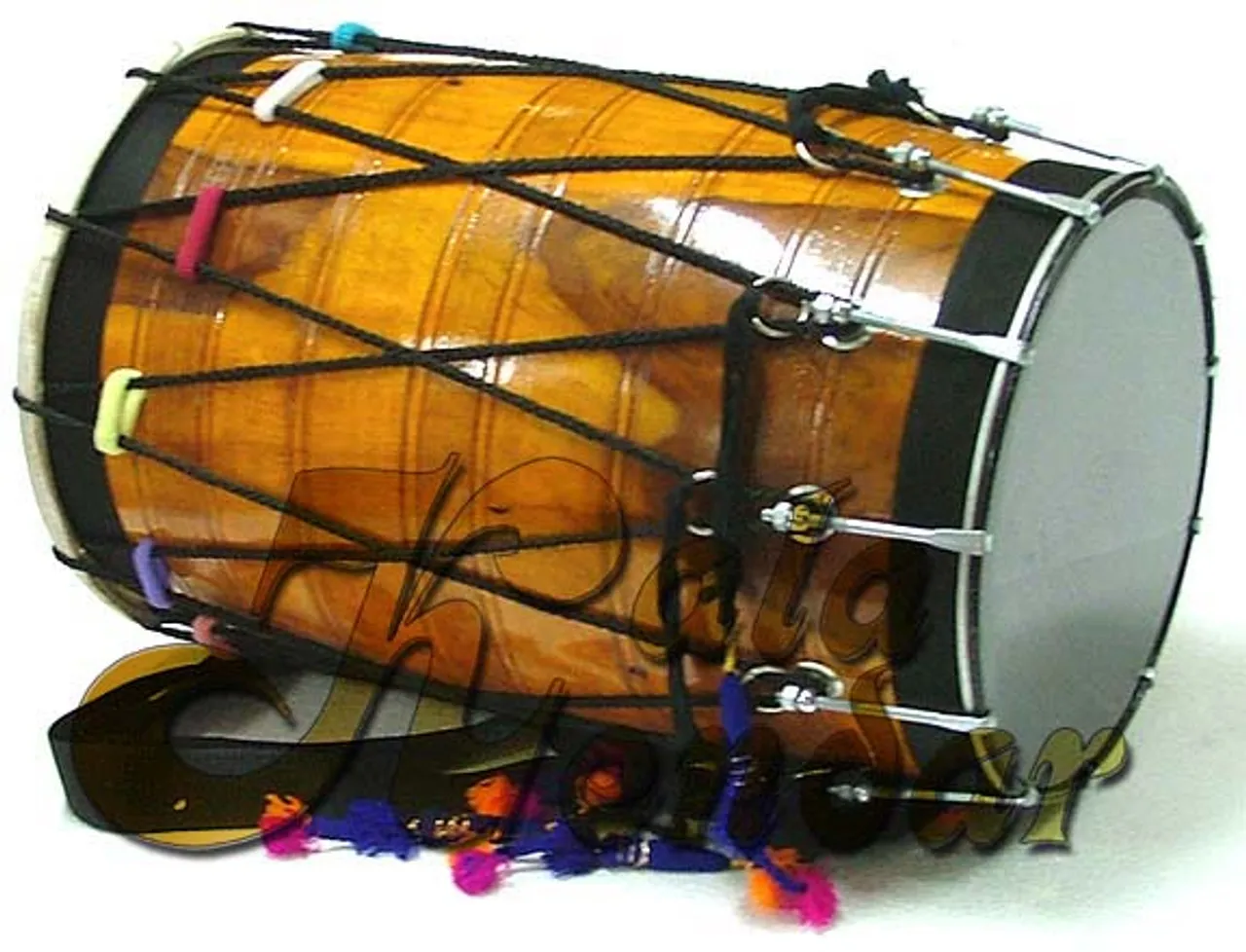
Source
Bengali Dhol
In the eastern region of India, particularly in West Bengal, the Bengali dhol holds a special place. Smaller in size compared to its Punjabi counterpart, the Bengali dhol is intricately designed and features distinctive artwork on its wooden body. It is an essential component of traditional Bengali music and cultural events.
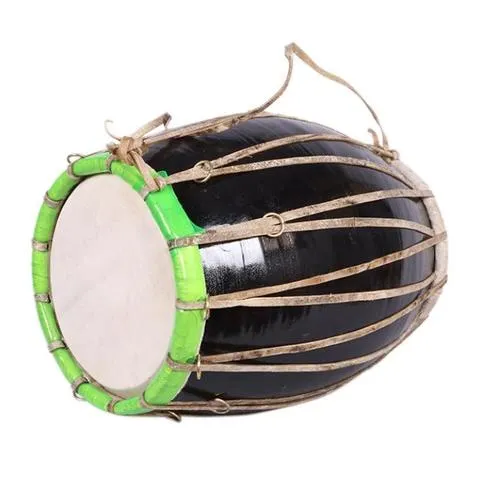
Maharashtrian Dholki
The Maharashtrian dholki, commonly found in the state of Maharashtra, is a smaller and more portable version of the dhol. Its compact size makes it suitable for various musical genres and social gatherings. The dholki's rhythmic patterns complement traditional Marathi folk songs and dance performances.
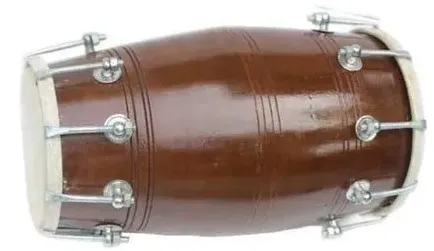
Source
Bihu Dhol
Originating from the Assamese Bihu festival, the Bihu dhol is a vital part of Assamese culture. Its unique design includes two drumheads on either side, allowing for versatile playing techniques and intricate rhythms. The Bihu dhol plays a central role in Bihu dance performances, adding a dynamic and engaging element to the festivities.
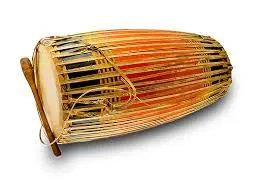
Source
Rajasthani Dhol
The desert state of Rajasthan boasts its own version of the dhol, known for its vibrant colors and intricate ornamentation. Rajasthani dhol players often showcase their skill during traditional folk performances, creating a captivating fusion of rhythm and melody.
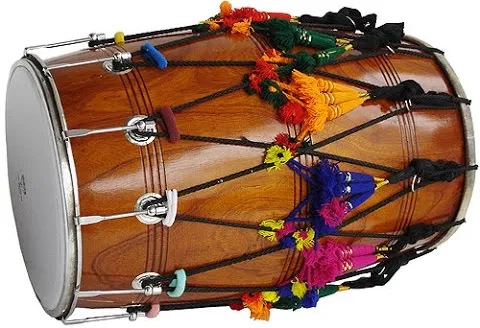
Source
Sindhi Dhol
The Sindhi dhol, associated with the Sindhi community in Pakistan and India, features a distinctive cylindrical shape and is often played at weddings and cultural events. Its rhythmic beats are an integral part of Sindhi folk music, enhancing the celebratory atmosphere.

Source
These different types of dhol reflect the rich cultural tapestry of South Asia, each contributing its unique flavor to the region's musical heritage. While the designs and playing techniques may vary, the dhol's ability to evoke joy, celebration, and a sense of unity remains constant across its diverse forms.

Before moving forward with more about dhols, let's first talk about the Giveaway...

Last week I forgot to adjust the giveaway duration from 1 day (default) to 6 days, so no participant, no winner.
Moving last week's prizes along side with this week ones.
Six NFTs for Six Participants.
These 3 NFTs are helpful in accelerating the game progress in a tremendous way for every level of players, it is good to have them on the initial levels.

Once again, six participants will be the winners. One NFT for One Winner.

RULES:
- Levels allowed for the Giveaway are Level 1 to Level 20
- Answer the question, "Do we have a Dhol Card in RisingStar, if yes which one?"
- Share the screenshot of your game Level in the same comment.
- Giveaway will run for 6 days,


The roots of the dhol can be traced back to ancient civilizations that span across South Asia, including India, Pakistan, Bangladesh, and Nepal. In these regions, the dhol emerged as a symbol of cultural identity and artistic expression.

Source
The exact inception of the dhol remains shrouded in the mists of time. However, historians speculate that its origins can be linked to indigenous tribes and communities seeking ways to communicate, celebrate, and connect with the divine. These early versions of the dhol were rudimentary, yet they paved the way for the rhythmic wonder we know today.
In India, the dhol underwent a mesmerizing transformation, adapting to various regional music traditions. From the robust beats of Punjabi Bhangra to the intricate rhythms of classical Hindustani music, the dhol played a pivotal role in enriching the sonic tapestry of the subcontinent.
In Pakistan, it found its way into Sufi rituals, where its pulsating rhythm became a medium to connect with the divine. The dhol's influence extended to neighboring regions, including Bangladesh and Nepal, where it echoed in festive processions and cultural celebrations.

Throughout history, master dhol players have emerged, showcasing unparalleled skill and pushing the boundaries of what the instrument can achieve. Their contributions have elevated the dhol to new heights.
Ustad Tari Khan
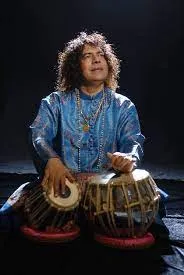
Pandit Bhawani Shankar
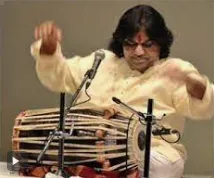
Pappu Sain
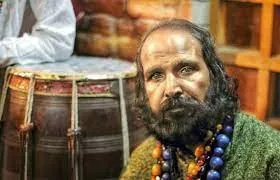
Juggy D


Image Sources
Ustad Tari Khan, Pandit Bhawani Shankar, Pappu Sain, Juggy D